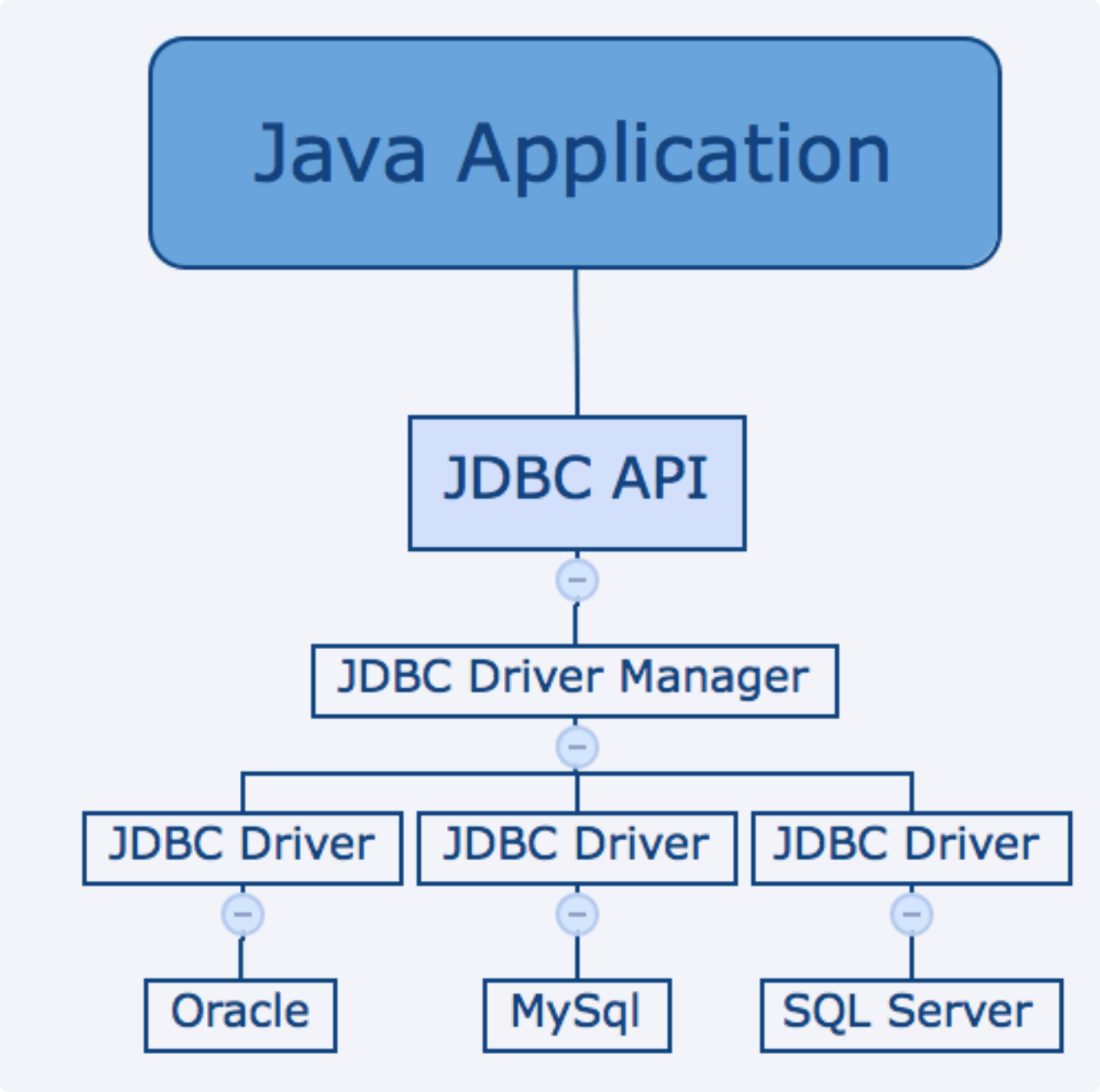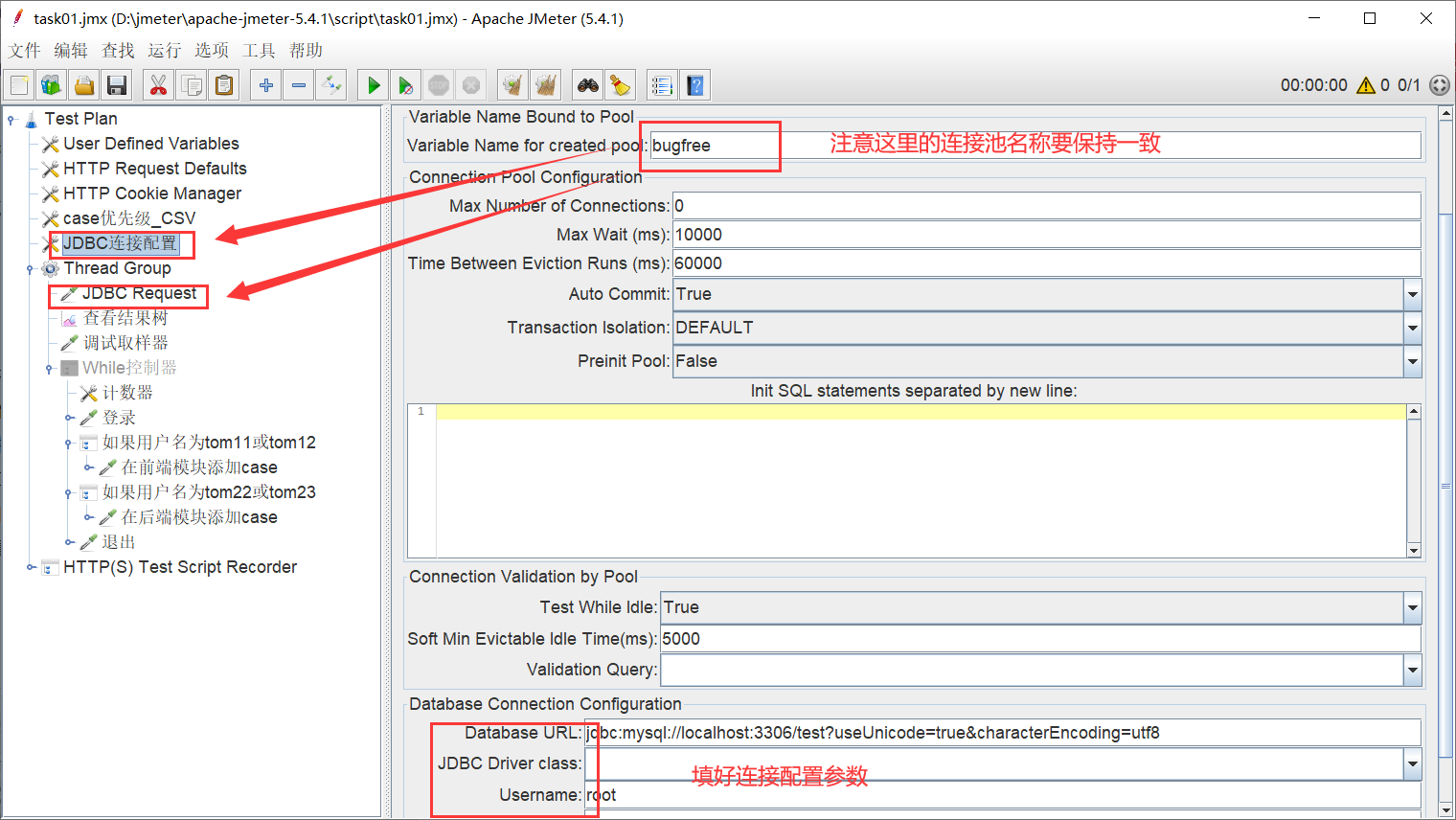UFLDL教程(六)之栈式自编码器
第 0 步:初始化一些参数和常数
第**1**步:利用训练样本集训练第一个稀疏编码器
第**2**步:利用训练样本集训练第二个稀疏编码器
第**3步:利用第二个稀疏编码器提取到的特征训练softmax**回归模型
第**4**步:利用误差反向传播进行微调
第**5**步:利用测试样本集对得到的分类器进行精度测试
下面将程序实现过程中的关键代码post出,欢迎各位网友指点!
stackedAEExercise.m
clcclearclose alladdpath ../common/addpath ../common/minFunc%%======================================================================%% STEP 0: 设置多层自编码器的相关参数% 整个网络的输入输出结构inputSize = 28 * 28;numClasses = 10;% 稀疏自编码器结构hiddenSizeL1 = 200; % Layer 1 Hidden SizehiddenSizeL2 = 200; % Layer 2 Hidden Size% 一些权值sparsityParam = 0.1; % desired average activation of the hidden units.that is ρ in the lecturebeta = 3; % weight of sparsity penalty termlambda = 3e-3; % weight decay parameter%%======================================================================%% STEP 1: 载入MNSIT数据集及标签集addpath mnist\trainData = loadMNISTImages('mnist/train-images-idx3-ubyte');trainLabels = loadMNISTLabels('mnist/train-labels-idx1-ubyte');trainLabels(trainLabels == 0) = 10; % Remap 0 to 10 since our labels need to start from 1%%======================================================================%% STEP 2: 训练第一个稀疏自编码器(训练样本集为trainData,看作是无标签训练样本集)% Randomly initialize the parameterssae1Theta = initializeParameters(hiddenSizeL1, inputSize);% 利用无标签样本集对稀疏自编码器进行学习,学习到的参数存放在向量sae1OptTheta中% 优化函数的一些参数设置options.Method = 'lbfgs';options.maxIter = 400; % Maximum number of iterations of L-BFGS to runoptions.display = 'on';% 调用优化函数,得到优化向量sae1OptTheta[sae1OptTheta, ~] = minFunc( @(p) sparseAutoencoderCost(p, ...inputSize, hiddenSizeL1, ... %输入维数、输出维数lambda, sparsityParam, ...beta, trainData), ...sae1Theta, options);%save('sae1OptTheta.mat','sae1OptTheta')% % 权值可视化(Visualize weights)% W11 = reshape(sae1OptTheta(1:hiddenSizeL1 * inputSize), hiddenSizeL1, inputSize);% display_network(W11');% load('sae1OptTheta.mat');%%======================================================================%% STEP 3: 训练第二个稀疏自编码器(训练数据是第一个自编码器提取到的特征)% 求解第一个自编码器的输出sae1Features(维数为hiddenSizeL1)[sae1Features] = feedForwardAutoencoder(sae1OptTheta, hiddenSizeL1, ...inputSize, trainData);% Randomly initialize the parameterssae2Theta = initializeParameters(hiddenSizeL2, hiddenSizeL1);% 开始训练第二个自编码器,输入维数是hiddenSizeL1,输出维数是hiddenSizeL2,优化向量存放在sae2OptTheta中[sae2OptTheta, ~] = minFunc( @(p) sparseAutoencoderCost(p, ...hiddenSizeL1, hiddenSizeL2, ... %输入维数、输出维数lambda, sparsityParam, ...beta, sae1Features), ...sae2Theta, options);% save('sae2OptTheta.mat','sae2OptTheta')% % Visualize weights% % W21 = reshape(sae2OptTheta(1:hiddenSizeL2 * hiddenSizeL1), hiddenSizeL2, hiddenSizeL1);% % display_network(W21'); %无法可视化!!% load('sae2OptTheta.mat');%%======================================================================%% STEP 4: 训练softmax classifier(它的输入为第二个自编码器提取到的特征sae2Features)% 求解第二个自编码器的输出sae1Features(维数为hiddenSizeL2)[sae2Features] = feedForwardAutoencoder(sae2OptTheta, hiddenSizeL2, ...hiddenSizeL1, sae1Features);% Randomly initialize the parameterssaeSoftmaxTheta = 0.005 * randn(hiddenSizeL2 * numClasses, 1);% 开始优化softmax classifier,得到优化向量options.maxIter = 100;softmaxModel = softmaxTrain(size(sae2Features,1), numClasses, lambda, ...sae2Features, trainLabels, options);saeSoftmaxOptTheta=softmaxModel.optTheta(:);% load('saeSoftmaxOptTheta.mat')%%======================================================================%% STEP 5: 微调多层自编码器% 利用稀疏自编码(stack)和softmax分类器(saeSoftmaxOptTheta)学习到的参数作为微调模型的初始值% 稀疏自编码的参数stackstack = cell(2,1);%存放稀疏自编码器参数的元胞stack{1}.w = reshape(sae1OptTheta(1:hiddenSizeL1*inputSize), ...hiddenSizeL1, inputSize);stack{1}.b = sae1OptTheta(2*hiddenSizeL1*inputSize+1:2*hiddenSizeL1*inputSize+hiddenSizeL1);stack{2}.w = reshape(sae2OptTheta(1:hiddenSizeL2*hiddenSizeL1), ...hiddenSizeL2, hiddenSizeL1);stack{2}.b = sae2OptTheta(2*hiddenSizeL2*hiddenSizeL1+1:2*hiddenSizeL2*hiddenSizeL1+hiddenSizeL2);[stackparams, netconfig] = stack2params(stack);%所有stack转化为向量形式,并提取稀疏自编码器的结构% 整个模型参数(saeSoftmaxOptTheta+stack)stackedAETheta = [ saeSoftmaxOptTheta ; stackparams ];% 是否进行梯度检验DEBUG=1;if DEBUGcheckStackedAECost()end% 开始进行微调优化 (Use minFunc to minimize the function)[stackedAEOptTheta, cost] = minFunc( @(p) stackedAECost(p, ...inputSize, hiddenSizeL2,...%输入层维数、最后一个稀疏编码器隐藏层维数numClasses, netconfig, ...%稀疏自编码器的结构lambda, trainData, trainLabels), ...stackedAETheta, options);%%======================================================================%% STEP 6: Test% 获取有标签样本集testData = loadMNISTImages('mnist/t10k-images-idx3-ubyte');testLabels = loadMNISTLabels('mnist/t10k-labels-idx1-ubyte');testLabels(testLabels == 0) = 10; % Remap 0 to 10% 进行预测(微调后的)[pred] = stackedAEPredict(stackedAEOptTheta, inputSize, hiddenSizeL2, ...numClasses, netconfig, testData);acc = mean(testLabels(:) == pred(:));% 计算预测精度fprintf('After Finetuning Test Accuracy: %0.3f%%\n', acc * 100);% 进行预测(微调前的)[pred] = stackedAEPredict(stackedAETheta, inputSize, hiddenSizeL2, ...numClasses, netconfig, testData);acc = mean(testLabels(:) == pred(:));% 计算预测精度fprintf('Before Finetuning Test Accuracy: %0.3f%%\n', acc * 100);% Accuracy is the proportion of correctly classified images% The results for our implementation were:% Before Finetuning Test Accuracy: 87.7%% After Finetuning Test Accuracy: 97.6%%% If your values are too low (accuracy less than 95%), you should check% your code for errors, and make sure you are training on the% entire data set of 60000 28x28 training images% (unless you modified the loading code, this should be the case)
stackedAEPredict.m
% stackedAEPredict: Takes a trained theta and a test data set,% and returns the predicted labels for each example.% theta: trained weights from the autoencoder% visibleSize: the number of input units% hiddenSize: the number of hidden units *at the 2nd layer*% numClasses: the number of categories% data: Our matrix containing the training data as columns. So, data(:,i) is the i-th training example.% Your code should produce the prediction matrix% pred, where pred(i) is argmax_c P(y(c) | x(i)).function [pred] = stackedAEPredict(theta, inputSize, hiddenSize, numClasses, netconfig, data)%% Unroll theta parameter% We first extract the part which compute the softmax gradientsoftmaxTheta = reshape(theta(1:hiddenSize*numClasses), numClasses, hiddenSize);% Extract out the "stack"stack = params2stack(theta(hiddenSize*numClasses+1:end), netconfig);%% ---------- YOUR CODE HERE --------------------------------------% Instructions: Compute pred using theta assuming that the labels start from 1.%% 前向传播计算a{1}=data;depth=numel(netconfig.layersizes);for i=1:deptha{i+1}=sigmoid(bsxfun(@plus,stack{i}.w*a{i},stack{i}.b));end%% softmax模型的输出HthetasoftmaxData=a{depth+1};%softmax的输入即为stack自编码器最后一层的输出M=softmaxTheta*softmaxData;%矩阵MM=bsxfun(@minus,M,max(M));%减去行向量α,防止数据溢出Htheta=bsxfun(@rdivide,exp(M),sum(exp(M)));%softmax模型的假设函数输出%% 计算Htheta每一列最大元素所在位置,即为该列所对应样本的类别[~,pred]=max(Htheta);end% You might find this usefulfunction sigm = sigmoid(x)sigm = 1 ./ (1 + exp(-x));end
stackedAECost.m
%{Takes a trained softmaxTheta and a training data set with labels,and returns cost and gradient using a stacked autoencoder model. Used for finetuning.输入:theta:整个网络的权值向量visibleSize: 网络的输入层维数hiddenSize: 最后一个稀疏自编码器的隐藏层维数numClasses: 类别总数netconfig: the network configuration of the stacklambda: the weight regularization penaltydata: 训练样本集,data(:,i) is the i-th training example.labels: 训练样本集的标签, where labels(i) is the label for the i-th training example输出:cost:代价函数grad:梯度向量%}function [ cost, grad ] = stackedAECost(theta, ...inputSize, hiddenSize, ...%输入层维数、最后一个稀疏编码器隐藏层维数numClasses, netconfig, ...%总类数、稀疏自编码器的结构lambda, data, labels)%% 从输入的网络参数向量theta中得到softmax分类器和稀疏自编码器的参数softmaxTheta = reshape(theta(1:hiddenSize*numClasses), numClasses, hiddenSize);%softmax的参数矩阵stack = params2stack(theta(hiddenSize*numClasses+1:end), netconfig);% Extract out the "stack"%% 初始化%样本个数numCases = size(data, 2);%样本标签矩阵groundTruth(即I阵)groundTruth = full(sparse(labels, 1:numCases, 1));% softmax分类器的梯度softmaxThetaGrad = zeros(size(softmaxTheta));% 稀疏自编码器的梯度(权值w和偏执项b)stackgrad = cell(size(stack));for d = 1:numel(stack)stackgrad{d}.w = zeros(size(stack{d}.w));stackgrad{d}.b = zeros(size(stack{d}.b));end%% 前向传播算法% 初始化工作depth=numel(stack);% 稀疏自编码器隐藏层的层数(the layor of the network)z=cell(depth+1,1); % stack网络各层的激励值a=cell(depth+1,1); % stack网络各层的激励值a{1}=data; % 输入层数据% 各稀疏自编码器输出a{2},...,a{depth+1}for i=1:depth%各稀疏编码器提取到的featuresz{i+1}=bsxfun(@plus,stack{i}.w*a{i},stack{i}.b);a{i+1}=sigmoid(z{i+1});end% softmax分类器的输出HthetasoftmaxData=a{depth+1};%softmax的输入即为stack自编码器最后一层的输出M=softmaxTheta*softmaxData;%矩阵MM=bsxfun(@minus,M,max(M));%减去行向量α,防止数据溢出Htheta=bsxfun(@rdivide,exp(M),sum(exp(M)));%softmax分类器的假设函数输出%% 多层网络代价函数的计算(%要对整个网络的所有参数,包括softmax分类器和自编码器的所有参数)cost=-sum(sum(groundTruth.*log(Htheta)))/numCases+lambda*sum(softmaxTheta(:).^2)/2;%% 梯度计算% softmax层的梯度softmaxThetaGrad=-(groundTruth-Htheta)*softmaxData'/numCases+lambda*softmaxTheta;% 稀疏自编码层% 敏感度delta=cell(depth+1,1);delta{depth+1}=-softmaxTheta'*(groundTruth-Htheta).*a{depth+1}.*(1-a{depth+1});for i=depth:-1:2delta{i}=stack{i}.w'*delta{i+1}.*(a{i}).*(1-a{i});end% 梯度值for i=depth:-1:1stackgrad{i}.w=delta{i+1}*a{i}'/numCases;stackgrad{i}.b=sum(delta{i+1},2)'/numCases;if size(stackgrad{i}.b,2)~=1stackgrad{i}.b=stackgrad{i}.b';endend%% Roll gradient vectorgrad = [softmaxThetaGrad(:) ; stack2params(stackgrad)];end% You might find this usefulfunction sigm = sigmoid(x)sigm = 1 ./ (1 + exp(-x));end



































还没有评论,来说两句吧...